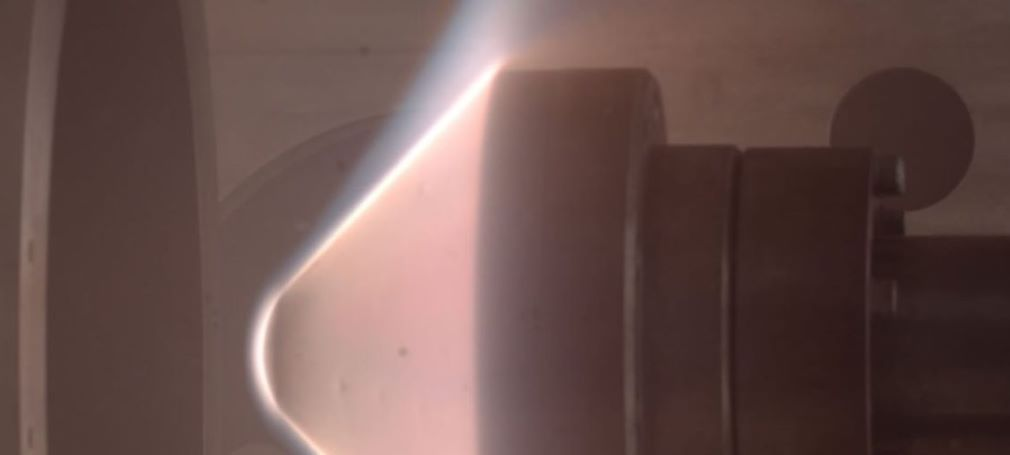Speaker
Description
An electronic state-to-state kinetic model for nitrogen/argon mixtures is obtained by reduction of a state-of-the-art vibronic-specific model. The model is used to study nitrogen recombination. A high-temperature plasma initially at local thermodynamic equilibrium at 6750 K and 1 atm passes through a water-cooled tube that forces rapid cooling and nonequilibrium recombination. Simulations using the electronic-specific model are performed and compared with the measurements. The model reproduces the experimentally observed behaviour. A detailed analysis of the main processes governing the recombination inside the water-cooled tube suggests that the three-body recombination of nitrogen, especially into N2(A), plays a key role in the kinetics of recombination. An accurate prediction of N2(A) population is necessary to correctly predict the other species densities.
Summary
An electronic state-to-state kinetic model for nitrogen/argon mixtures is obtained by reduction of a state-of-the-art vibronic-specific model. The model is used to study nitrogen recombination. A high-temperature plasma initially at local thermodynamic equilibrium at 6750 K and 1 atm passes through a water-cooled tube that forces rapid cooling and nonequilibrium recombination. Simulations using the electronic-specific model are performed and compared with the measurements. The model reproduces the experimentally observed behaviour. A detailed analysis of the main processes governing the recombination inside the water-cooled tube suggests that the three-body recombination of nitrogen, especially into N2(A), plays a key role in the kinetics of recombination. An accurate prediction of N2(A) population is necessary to correctly predict the other species densities.

